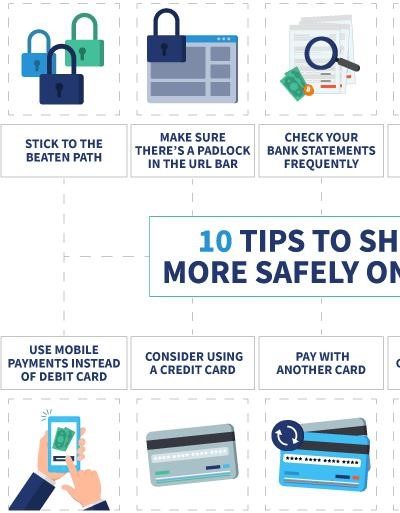
The rise of thrift stores, secondhand shops, and used goods stores presents a unique challenge in the realm of cybersecurity. While these establishments offer affordable goods and promote sustainability, they also inadvertently expose themselves and their customers to significant online threats. This article explores the intersection of seemingly disparate worlds: the bustling environment of dump shops (a colloquial term for secondhand stores) and the increasingly sophisticated world of ransomware attacks and other cyberattacks.
The Unexpected Vulnerability of Used Goods
Many thrift stores and used goods stores operate with limited IT budgets and expertise. This often translates to inadequate computer security measures, making them prime targets for malware, virus attacks, and ransomware. Unlike larger retailers with robust data protection systems, these smaller businesses may lack the resources for comprehensive ransomware protection and up-to-date information security protocols.
The risk isn’t limited to the store’s internal systems. Many secondhand shops process payments electronically, handle customer data (names, addresses, payment information), and may even use POS systems that are outdated or poorly secured. A successful data breach could expose sensitive customer information, leading to identity theft and financial losses. This breach could also lead to digital extortion, where attackers demand payment to prevent the release of stolen data.
Specific Threats Facing Dump Shops
- Phishing Attacks: Employees may be tricked into clicking malicious links or opening infected email attachments, leading to malicious software infections.
- Outdated Software: Using outdated operating systems and software leaves systems vulnerable to known exploits.
- Weak Passwords: Simple or easily guessable passwords are a common entry point for attackers.
- Lack of Employee Training: A lack of awareness about cybersecurity best practices among employees increases the risk of successful attacks.
- Unsecured Wi-Fi Networks: Using unsecured Wi-Fi networks for transactions exposes sensitive data to interception.
The Impact of Ransomware
A ransomware attack can cripple a used goods store, disrupting operations, leading to financial losses, and damaging its reputation. The attackers encrypt critical data, demanding a ransom for its release. Even after paying the extortion, there’s no guarantee the data will be recovered, and the business might still suffer significant downtime while restoring systems.
The impact extends beyond the store itself. Customer data breaches resulting from ransomware attacks can have significant consequences for customers, leading to legal liabilities for the business.
Mitigation Strategies
Thrift stores and secondhand shops can significantly reduce their risk by implementing the following measures:
- Invest in Cybersecurity Training: Educating employees about online threats and best practices is crucial.
- Regular Software Updates: Keep all software up-to-date with the latest security patches.
- Strong Passwords and Multi-Factor Authentication: Implement strong password policies and utilize multi-factor authentication whenever possible.
- Data Backups: Regularly back up critical data to a secure, offline location.
- Secure Wi-Fi Networks: Use strong passwords and encryption for Wi-Fi networks.
- Antivirus and Anti-malware Software: Install and regularly update reputable antivirus and anti-malware software.
- Consider Professional Cybersecurity Help: Consult with a cybersecurity professional for regular assessments and guidance.
By prioritizing cybersecurity, thrift stores and secondhand shops can protect their businesses, their customers, and their valuable data from the growing threat of ransomware attacks and other cyberattacks. The cost of prevention is far less than the cost of a breach.

A truly insightful and well-written piece! The connection between the seemingly disparate worlds of thrift stores and cybersecurity threats is brilliantly explored. The author masterfully highlights the vulnerabilities often overlooked in these smaller businesses, offering a crucial perspective on a growing concern.
Exceptional analysis! This article not only identifies the cybersecurity risks faced by thrift stores but also provides a clear and concise explanation of the potential consequences. The specific examples of phishing attacks, outdated software, and weak passwords are particularly helpful in illustrating the practical implications.
A fascinating and important read! The author